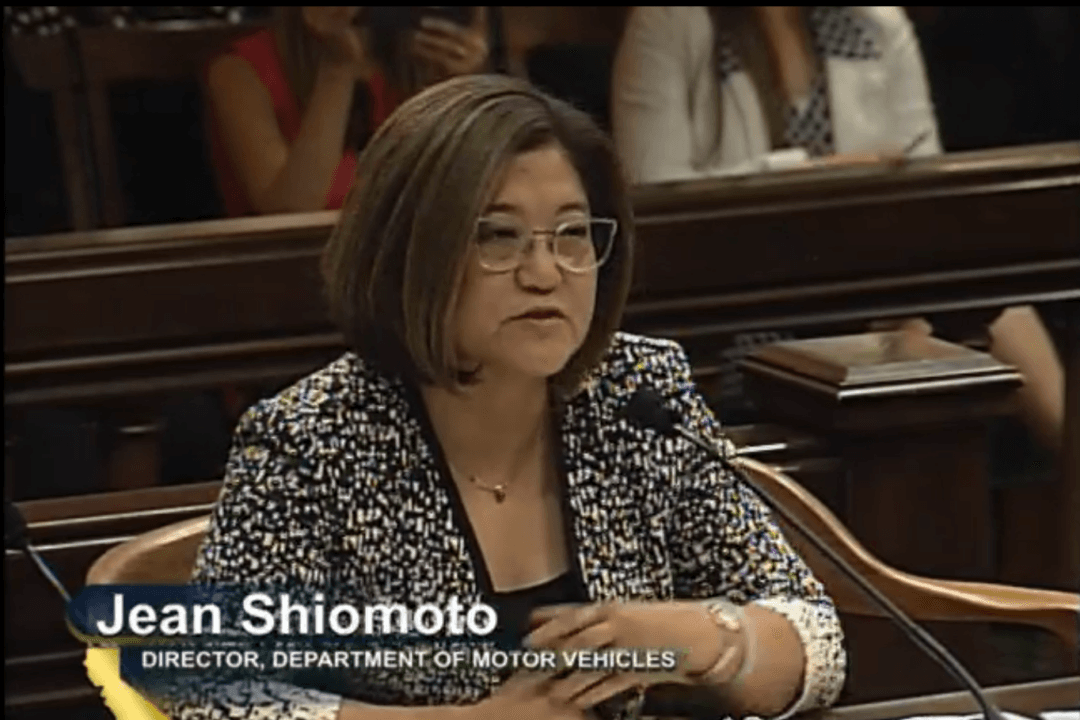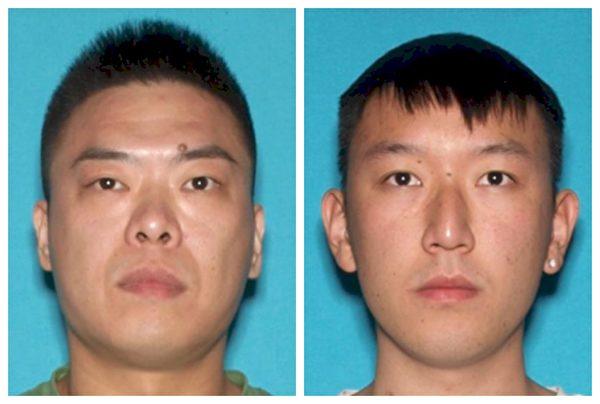After being criticized for long wait times and registering noncitizens for voting in the 2018 election, the California Department of Motor Vehicles confirmed on Dec. 17 that its current director will retire by the end of the year.
Jean Shiomoto, who has been leading DMV over the past five years, announced last month to her staff that she will not continue her role as the director of DMV, wrapping up her 38-years of state service, the DMV told the Epoch Times in a statement.




